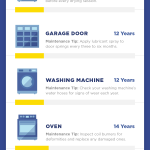
Now that the long Labor Day weekend is over, it’s time to get back to work. For a few of us that means working from home.
 SOME OR ALL OF WORK DONE FROM HOME
SOME OR ALL OF WORK DONE FROM HOME
According to the American Time Use Survey, the share of workers doing some or all of their work at home grew to 24 percent in 2015 from 19 percent in 2003. Nearly 40 percent of people working in business management were working from home in 2015.
The average time employed people spent working at home on days they worked increased by 40 minutes (from 2.6 hours to 3.2 hours).
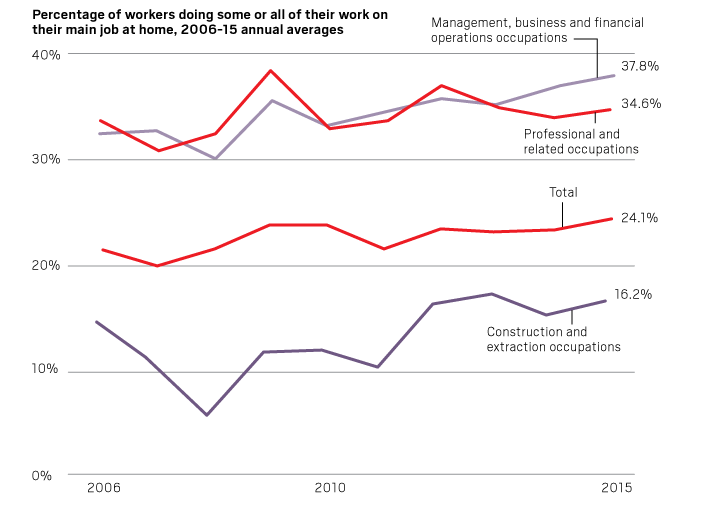
In recent years more private companies are allowing workers to telecommute.
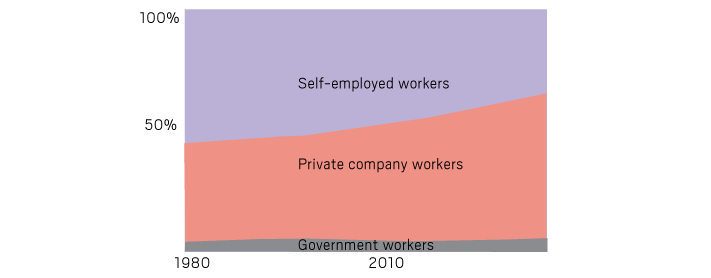 Telecommuting time
Telecommuting time
Many people telecommute in addition to their regular business hours. This was done more so 10 years ago than respondents say they do it today. In 2015, those telecommuting only during business hours surpassed those who would telecommute after their regular hours.
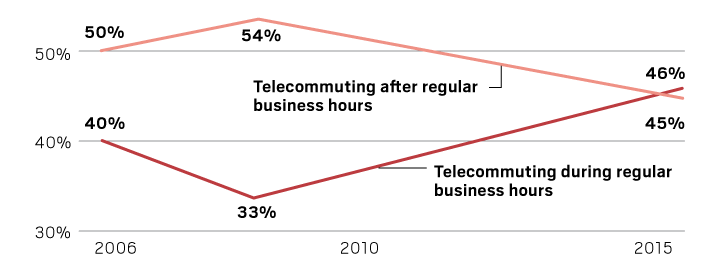 Telecommuting trends
Telecommuting trends
3.7 million: Employees (2.8% of the workforce) who work from home at least half the time.
The employee population as a whole grew by 1.9% from 2013 to 2014, while employees who telecommute grew 5.6%.
7%: How many employers offer flexible workplace options. Forty percent more U.S. employers offered flexible workplace options than they did five years ago. Still, only 7% make it available to most of their employees.
80% to 90%: Percentage of the U.S. workforce that says they would like to telework at least part time.
Home workers
States with the highest percentage of people working from home in 2012
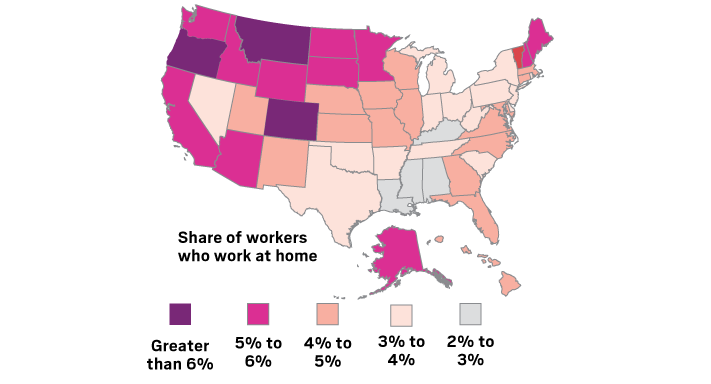
States with the highest search interest in work- from-home jobs from March 2016 to March 2017.
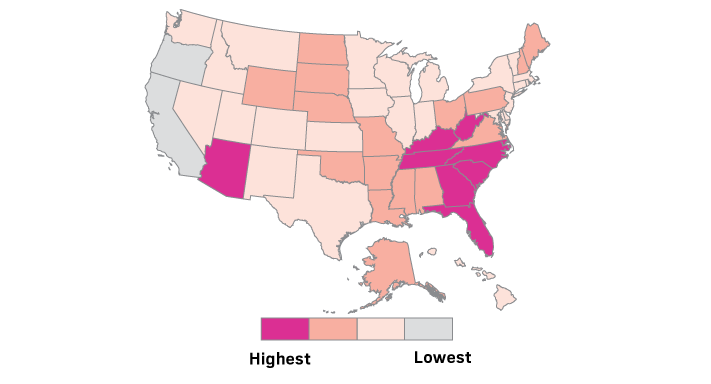 TELECONFERENCE CONFESSIONS
TELECONFERENCE CONFESSIONS
Teleconferences and video conferences are becoming increasingly popular. West Unified Communications’ 2013 survey of teleconference users revealed people are doing a lot more than just having a meeting.
 CUTTING OUT THE COMMUTE
CUTTING OUT THE COMMUTE
Southern California and the Bay Area are two of the nation’s most popular telecommuting areas and also two the nation’s longest commuting areas.
You can see the map for the whole country here.
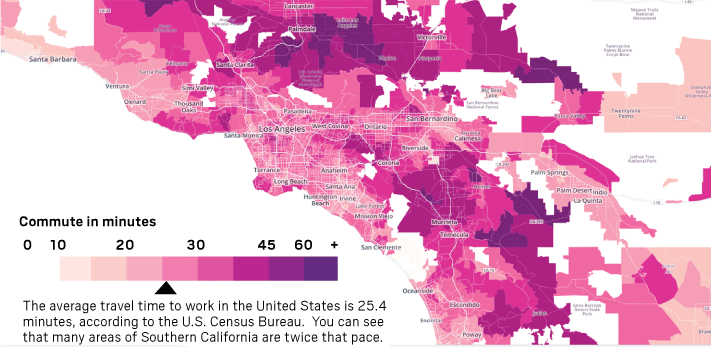
Sources: Bureau of Labor Statistics, Gallup, Global Workplace Analytics, WNYC Data Team, U.S. Census Bureau, Google Trends, West Unified Communications



